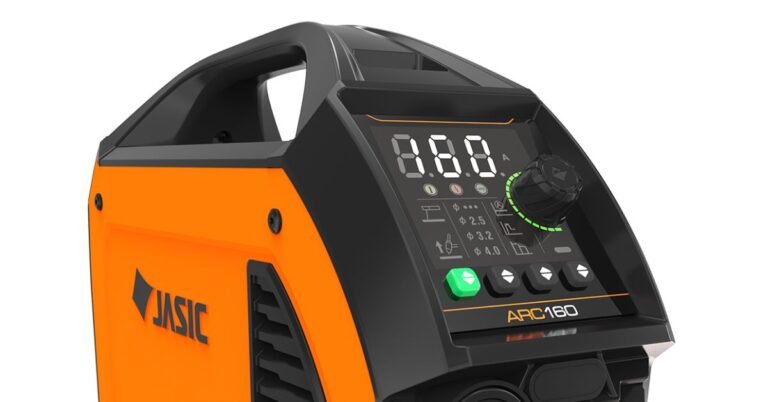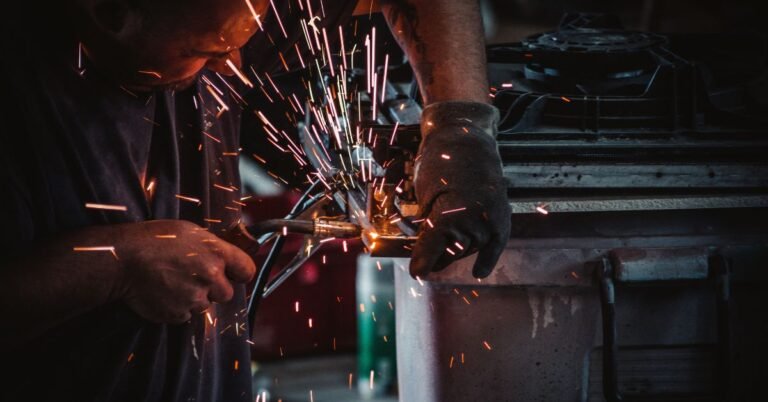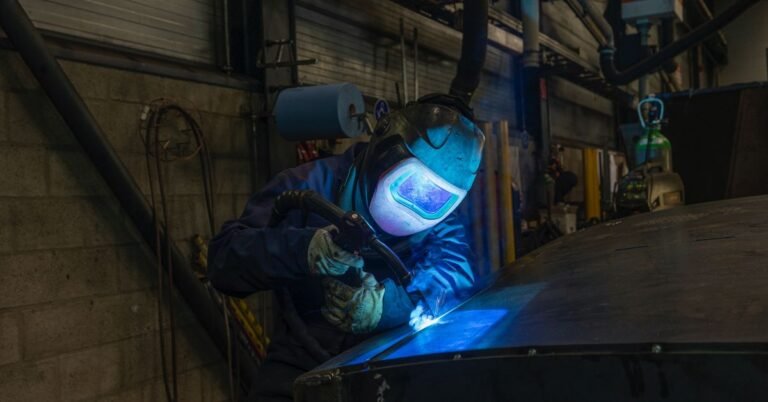How do I troubleshoot common welding problems and rectify them?
As a welder, you know that achieving flawless welds is the key to successful projects. However, even the most skilled welders encounter common welding problems from time to time. The good news is that these issues are solvable with the right troubleshooting techniques. In this blog post, we will equip you with essential tips and solutions to troubleshoot common welding problems, allowing you to rectify issues and produce impeccable welds like a seasoned pro.
- Uneven or Inconsistent Weld Beads:
Problem: Inconsistent weld beads or uneven penetration can be frustrating and compromise the strength and aesthetics of your welds.
Solution:
- Check your welding technique: Ensure that you maintain a steady travel speed and maintain a consistent arc length throughout the weld.
- Adjust voltage and wire feed speed: If you are using MIG welding, adjust the voltage and wire feed speed to achieve a stable arc and even deposition of filler metal.
- Inspect your equipment: Make sure your welding machine and cables are in good working condition to ensure a consistent current flow.
- Excessive Spatter:
Problem: Spatter occurs when small metal droplets are ejected from the welding arc, creating a messy and unclean appearance.
Solution:
- Use proper shielding gas: Ensure you are using the right shielding gas for your welding process and material to reduce spatter.
- Check wire stickout: Adjust the wire stickout (the distance between the contact tip and the workpiece) to minimize spatter.
- Clean your workpiece: Remove any contaminants or rust from the workpiece before welding to reduce spatter.
- Porosity:
Problem: Porosity appears as small holes or cavities in the weld, compromising its strength and integrity.
Solution:
- Check gas flow: Ensure proper gas flow and shield your weld adequately to prevent atmospheric contamination.
- Use clean materials: Make sure your filler metal and base metal are clean and free from moisture, rust, or oils.
- Adjust welding parameters: Fine-tune your welding parameters to achieve the correct balance of heat input and penetration.
- Lack of Fusion:
Problem: Lack of fusion occurs when the filler metal fails to fuse with the base metal, resulting in weak and unreliable welds.
Solution:
- Increase heat input: Adjust your welding parameters to increase heat input and ensure proper fusion.
- Improve joint preparation: Ensure your joint edges are clean, well-aligned, and properly beveled to facilitate better fusion.
- Use proper techniques: Maintain an appropriate travel angle and travel speed to achieve sufficient fusion.
- Burn-Through or Warping:
Problem: Overheating the workpiece can lead to burn-through or distortion in the metal, affecting the structural integrity of the weld.
Solution:
- Control heat input: Adjust your welding parameters and technique to prevent excessive heat buildup in the workpiece.
- Use tack welds: Employ tack welds to hold the workpiece in place and reduce the risk of distortion during welding.
- Preheat the material: For thicker materials, consider preheating the workpiece to reduce the risk of burn-through.
Conclusion:
Troubleshooting common welding problems is an essential skill for any welder. By understanding the root causes and implementing the appropriate solutions, you can overcome challenges and produce high-quality, flawless welds. Remember to pay attention to your welding technique, equipment, and material preparation, as these factors play a significant role in achieving successful welds. Embrace the art of troubleshooting, and let it guide you towards a rewarding journey of mastering the craft of welding. Happy welding and may your future welds be free from common pitfalls!







